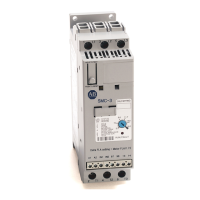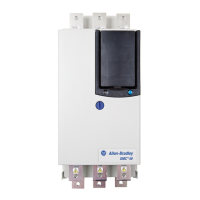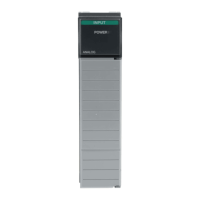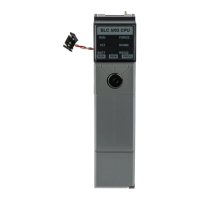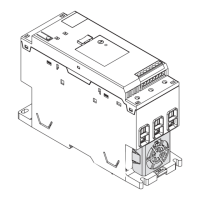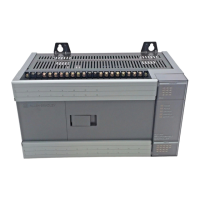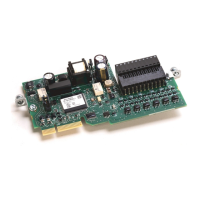Rockwell Automation Publication MOTION-RM002H-EN-P-February 2018 89
Example
Suppose you use a Motion Axis Jog (MAJ) instruction with an S-curve profile to
start a jog. Then you use an MAS instruction with a Stop Type of Jog to stop the
jog. In that case, the MAS instruction uses an S-curve profile to stop the jog.
Programming Guidelines
Risk of Velocity and/or End Position Overshoot
If you change move parameters dynamically by any method, that is by changing move dynamics [Motion Change Dynamics
(MCD) instruction or Motion Coordinated Change Dynamics (MCCD)] or by starting a new instruction before the last one has
completed, be aware of the risk of velocity and/or end position overshoot.
A Trapezoidal velocity profile can overshoot if maximum deceleration is decreased while the move is decelerating or is close to
the deceleration point.
An S-curve velocity profile can overshoot if:
• Maximum deceleration is decreased while the move is decelerating or close to the deceleration point; or
• Maximum acceleration jerk is decreased and the axis is accelerating. Keep in mind, however, that jerk can be changed
indirectly if it is specified in % of time.
For more information, see Troubleshooting Axis Motion.
Guidelines Details
In ladder diagram, toggle the rung condition
each time you want to execute the instruction.
This is a transitional instruction:
• In ladder diagram, toggle the rung-condition-in from cleared to set each time you want to
execute the instruction.
In structured text, condition the instruction so
that it only executes on a transition.
In structured text, instructions execute each time they are scanned.
• Condition the instruction so that it only executes on a transition. Use either of these
methods:
• Qualifier of an SFC action
• Structured text construct
For more information, see Structured Text Syntax.

